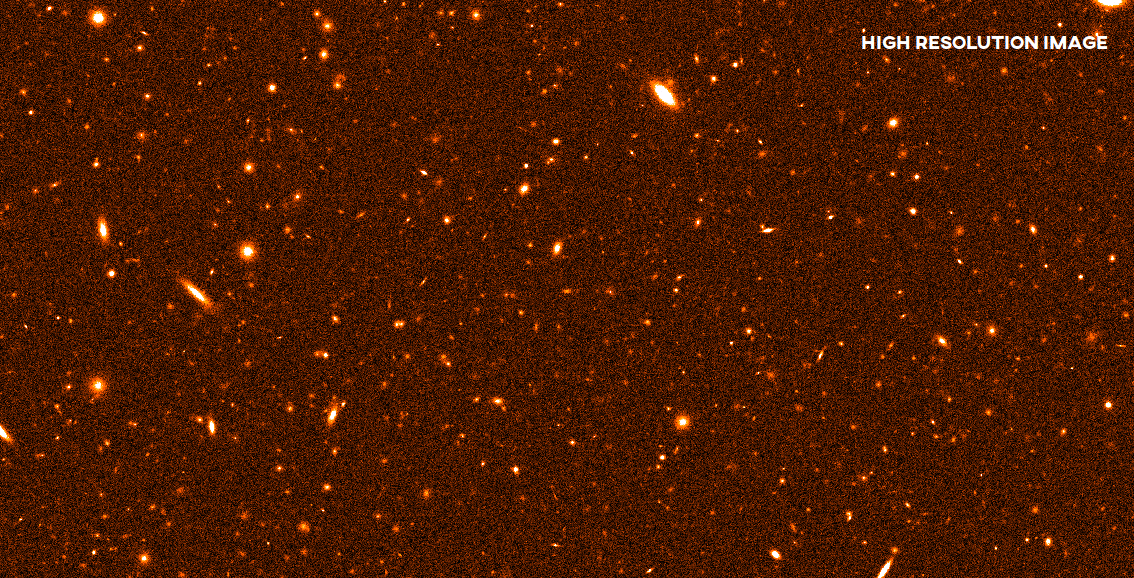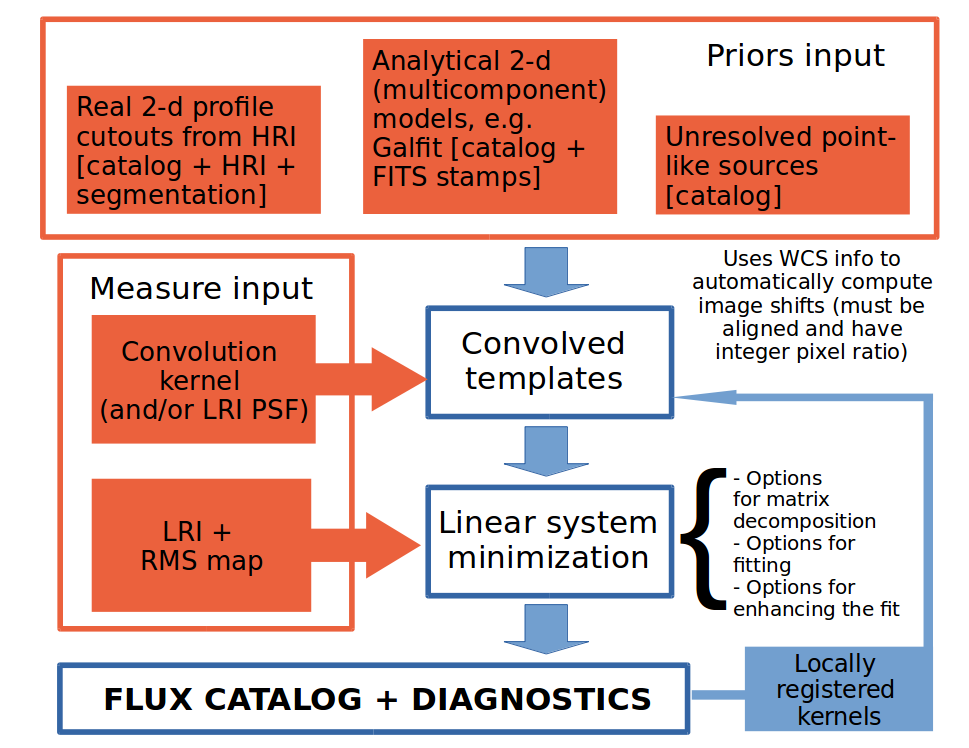T-PHOT: a code for (multi-wavelength, prior-based) template-fitting photometry

Deep multiwavelength extragalactic surveys require advanced and fast methods for photometric analysis. Software to process of the same regions of the sky observed at different wavelengths and resolutions are becoming essential to thoroughly exploit current and future data, beating the confusion (blending, overlapping) of sources.
T-PHOT is a publicly available software package developed by Emiliano Merlin within the ASTRODEEP project. T-PHOT is designed to measure photometry in low-resolution images, where the blending of sources can be a though problem for the accurate and unbiased measurement of fluxes and colours. To do so, T-PHOT gathers data from a higher-resolution image of the same region of the sky, and uses this information (source positions and morphologies) to obtain priors for the analysis of the lower-resolution image.
T-PHOT can handle different types of datasets as input priors, namely i) a list of objects that will be used to obtain cutouts from the real high-resolution image; ii) a set of analytical models (as .fits stamps); iii) a list of unresolved, point-like sources, for PSF-fitting (useful for far-infrared wavelength domains or stellar fields).
T-PHOT is versatile enough to be used for multiwavelength optical to far-infrared image photometry. It has been successfully used in the CANDELS and Frontier Fields STScI campaigns, and it is implemented in the EUCLID ESA mission data analysis pipeline.

The latest public release (v2.0.x) includes the following options:
• Background estimation, with two methods: global subtraction of a constant fitted value, and local fit of individual “background templates”
• Local/individual kernel fitting: it is possible to associate a different kernel to each source to optimize the fit coping with local variations
• Individual source registration (dance): after the fit, a refinement of the spatial registration of the objects is performed on individual basis rather than on arbitrary regions.
• Flux prioring: the measured flux of selected sources can be constrained to be within a given interval around a given input value
• Statistics on the residuals: the output includes a text file with diagnostic statistics for each source, based on the residual image produced after the fit
• RMS threshold to exclude sources from the fit: if a source includes a pixel with RMS exceeding a given value, it will be excluded from the fit.
• Production of model and residual images with selected sources: this option can be useful to isolate or subtract a selection of chosen objects.
The detailed description of the code, along with an extended set of tests, can be found in Merlin et al., 2015, A&A, 582, 15 and in Merlin et al., 2016, A&A, 595A, 97M. Please cite these papers if you use the code for your research!
